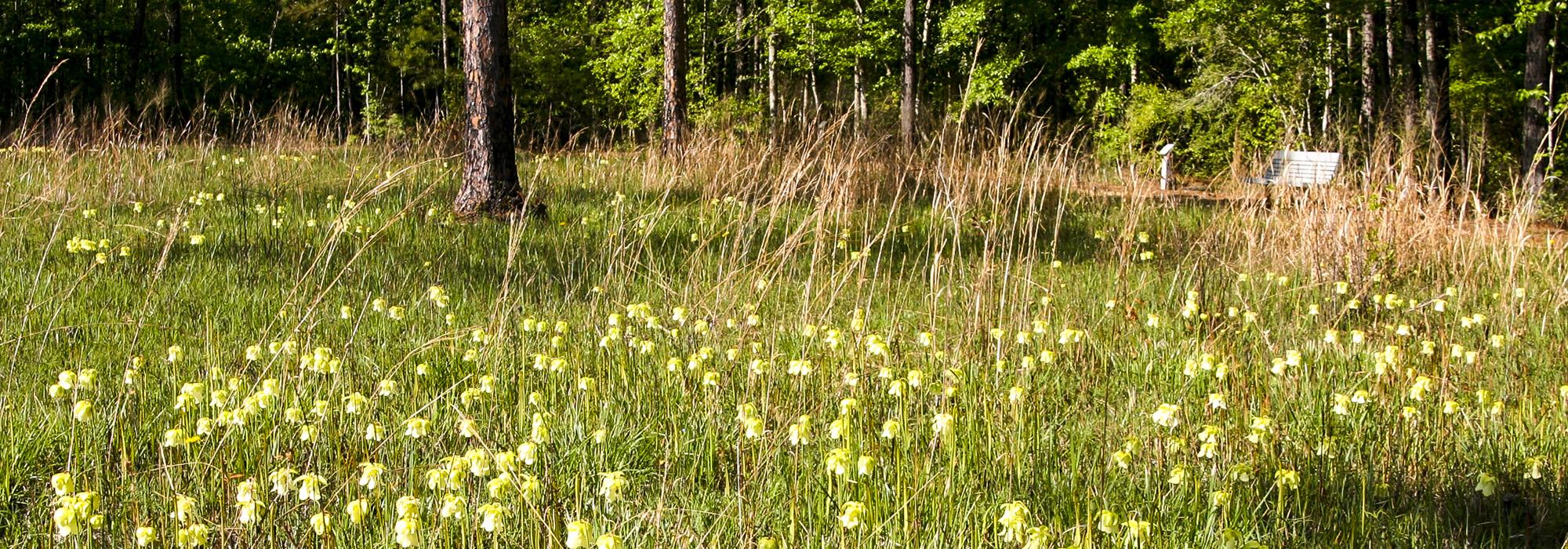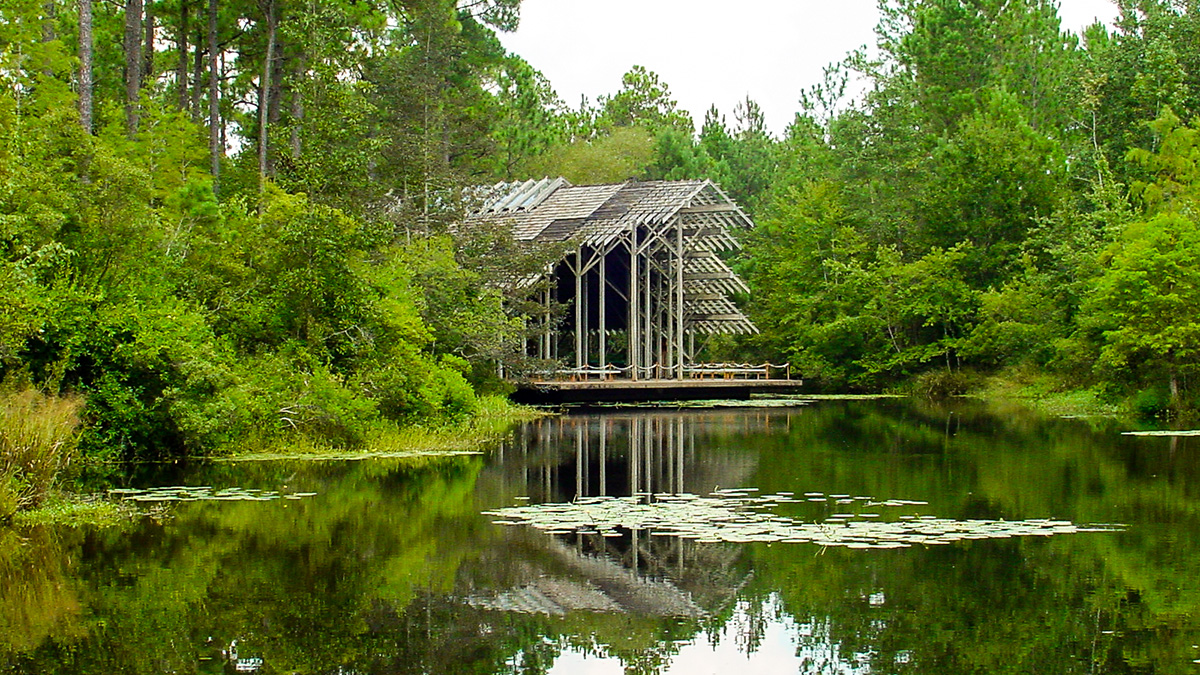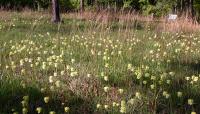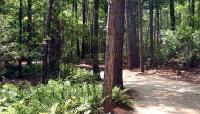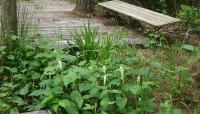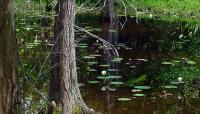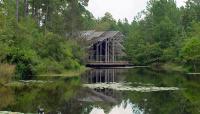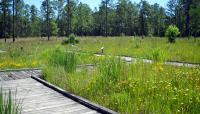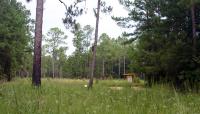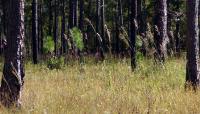Established in 1979, the Arboretum’s 64-acre Interpretive Center, known as Pinecote, was built on a former pine plantation and disused farmland. Its mission is to preserve, protect and display native plants and their associated communities found in the Pearl River drainage basin, which flows through central Mississippi and southeastern Louisiana. In addition to the public Interpretive Center site, the Arboretum preserves and manages 700 acres of natural habitats in seven associated natural areas. These carefully selected and protected lands harbor over 300 species of indigenous trees, shrubs, wildflowers, and grasses.
The Arboretum’s first director, Edward L. Blake, Jr., worked with Andropogon Associates, Ltd. to develop the master plan. The Arboretum features restored plant communities native to south Mississippi, including longleaf pine savannas, pitcher plant bogs, bottomland hardwoods, a gumpond, and a 2-1/2 acre freshwater aquatic exhibit. The various community locations were carefully selected by a study of existing site conditions and by identifying those features found in similar nearby natural areas. Walking paths and landscape interpretive stations are dispersed throughout the exhibits, each reflective of the specialized habitats they interpret. Architect E. Fay Jones designed the Arboretum’s primary building, Pinecote Pavilion, as well as other site amenities located throughout the property.



